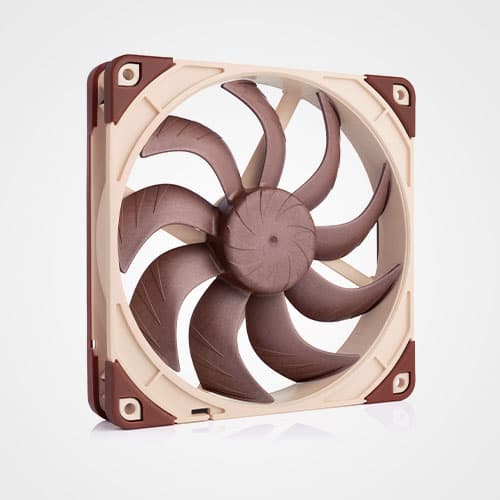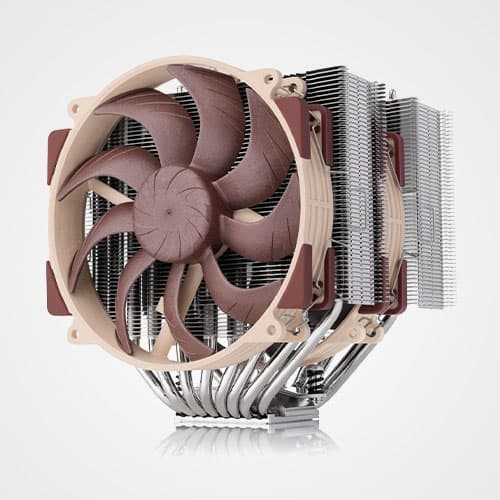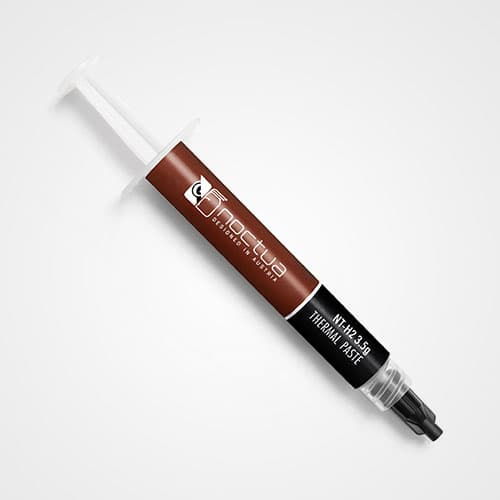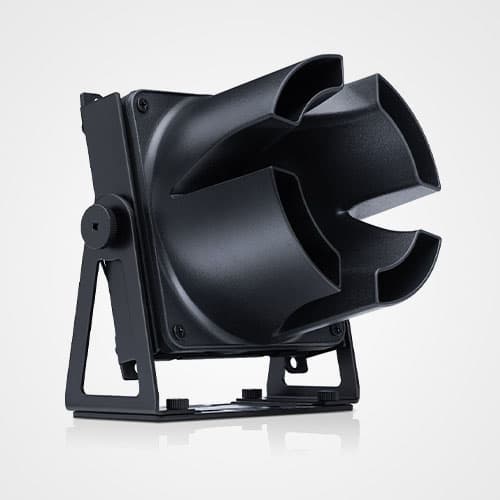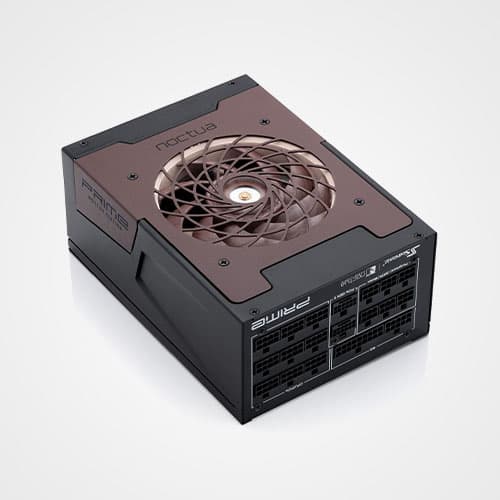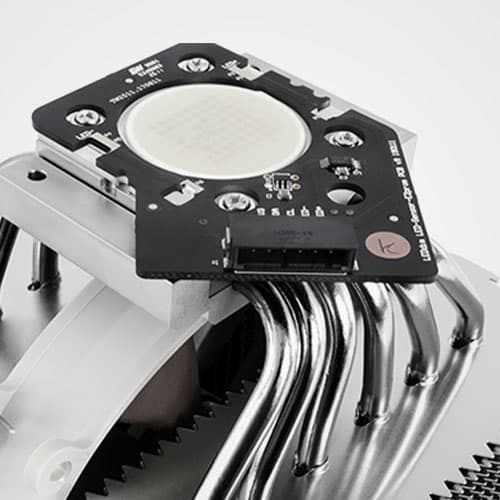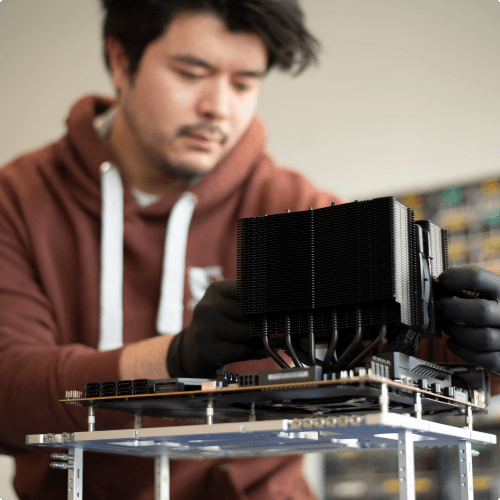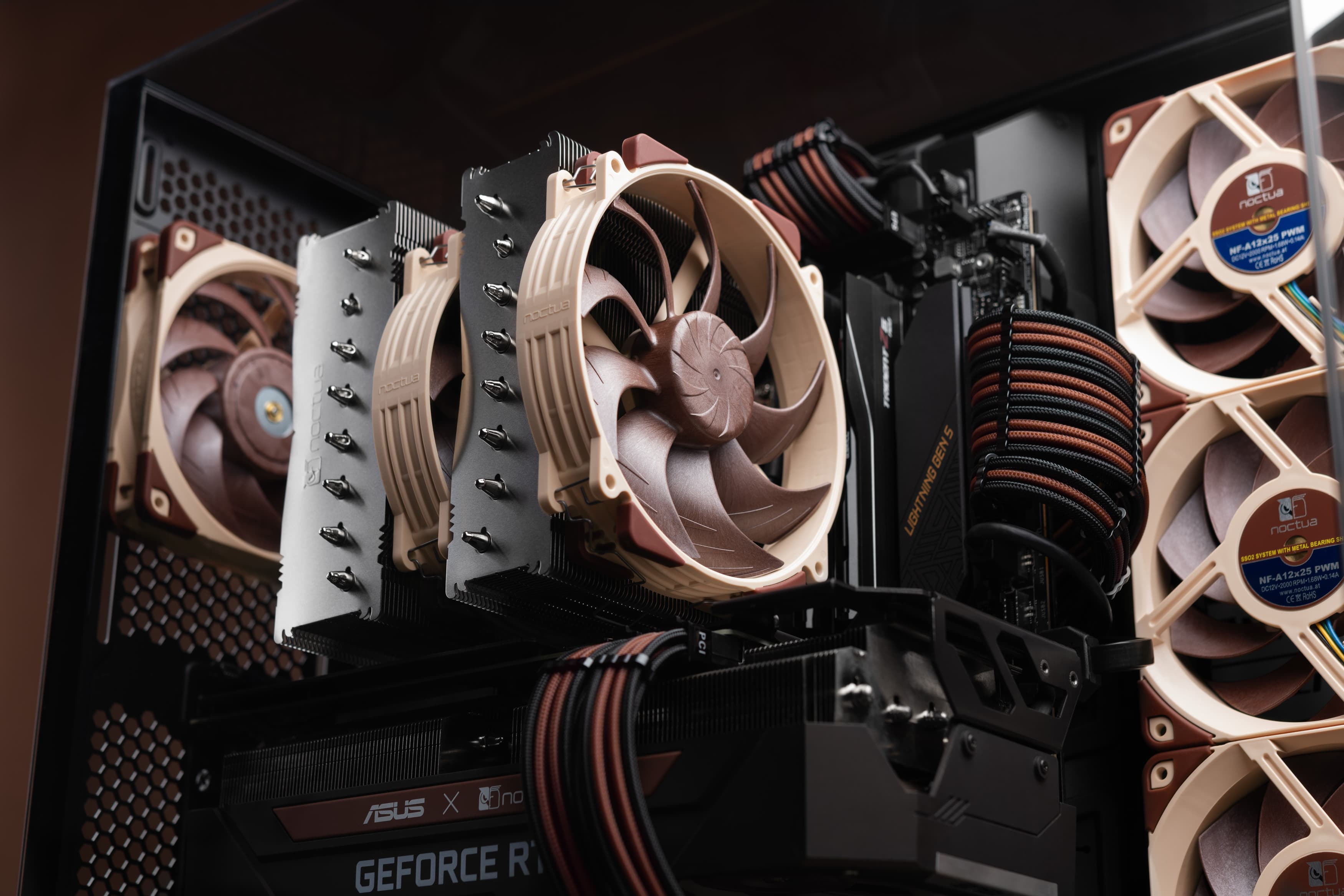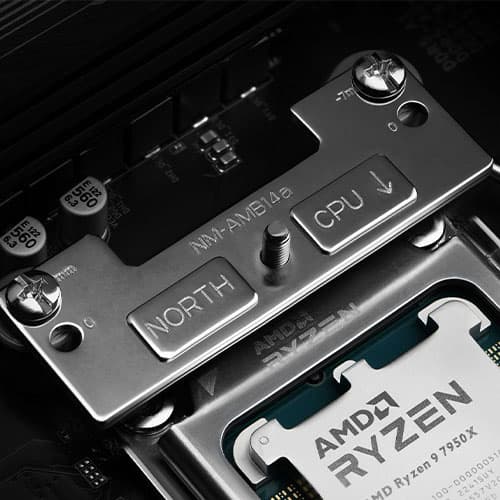SupraTorque™: leveraging torque headroom to boost pressure performance
SupraTorque™
Most fans become slightly slower when working against back pressure such as on heatsinks and radiators, which results in reduced performance. Enabled by the new NE-FD6 driver IC, Noctua’s SupraTorque™ technology allows the fan to leverage additional torque headroom when required in order to keep its RPM speed at the desired level no matter the airflow resistance, ensuring consistent performance even in the most demanding conditions.
The following graph shows how torque is continuously increased as flow resistance rises so that the fan speed can be kept stable:
As can be seen from the graph below, the boost in P/Q performance due to SupraTorque™ is massive in the upper end of the spectrum with more than 20% higher maximum static pressure. While the gains are small in the lower end of the spectrum where the fan would not drop in speed much anyway due to the low flow resistance, the significant gains in high impedance situations gives fans with SupraTorque™ an advantage in pressure demanding applications.
The contribution of the static pressure advantage of the SupraTorque™ feature to real world temperature improvements provided by the NF-A14x25(r) G2 fans varies from application to application depending on how much the fan would have dropped in speed due to flow resistance without SupraTorque™. While there’s generally no meaningful benefit in low impedance applications, Noctua’s tests on heatsinks and radiators showed typical gains in the range of around 0.3 to 0.6°C in push configurations where SupraTorque™ compensates for a ~100rpm drop in speed and massive gains of up to 1.4°C in pull configurations with the fan drawing air through a water cooling radiator where the fan would have run around 150rpm slower without SupraTorque™.
Related articles
Want to know more on this topic? Explore relevant articles and resources.

etaPERF™ fan motor: new standards in energy efficiency
Smarter, quieter, more efficient: The etaPERF™ motor maximizes power with minimal energy loss, delivering superior performance and near-silent operation.

Noctua three-phase motor
Noctua’s industrialPPC fans feature an advanced three-phase motor, delivering smoother transitions, reduced vibrations, and exceptional energy efficiency.

Custom-designed PWM IC with SCD
The NE-FD1 PWM IC with SCD technology enables quieter fan operation and ultra-low power consumption.

Smooth Commutation Drive
Commutation noise from torque pulses can add to fan noise. Noctua’s SCD2 tech smooths coil transitions for quieter, more stable fan operation.

